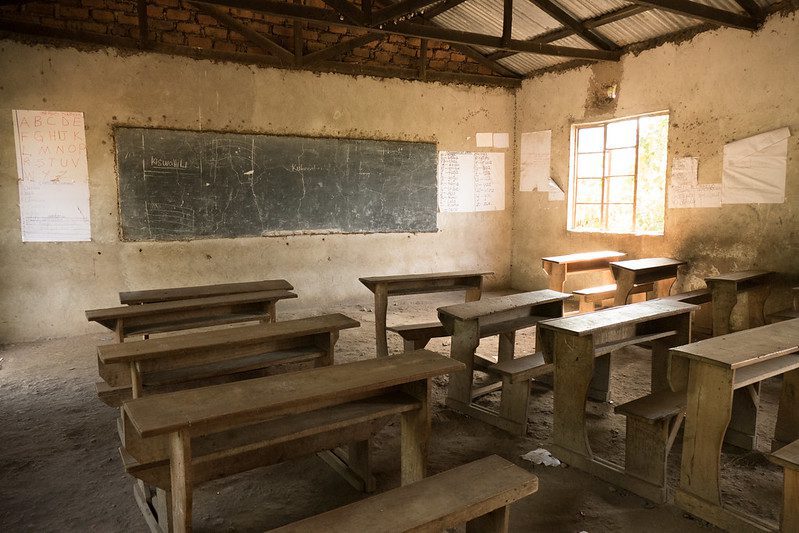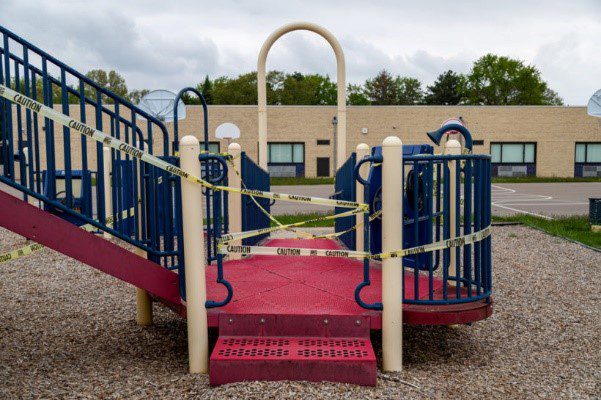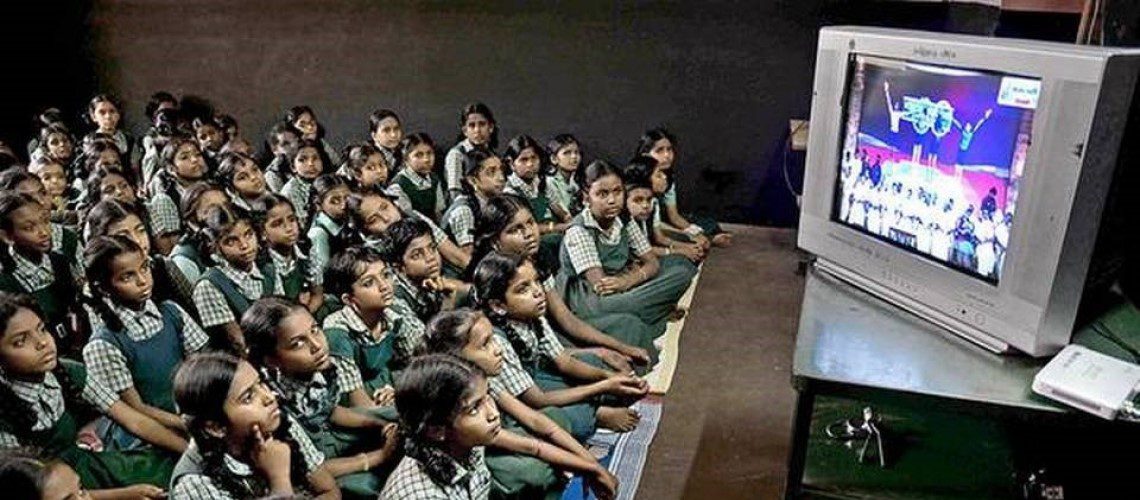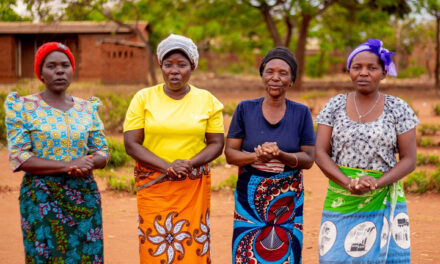This blog was written by Anna Riggall, Head of Research and Tony McAleavy, Research Director, Education Development Trust. It was published on the DFID-funded EdTech Hub website on 7 May 2020 as part of the coronavirus (COVID-19) and EdTech series.
As the horror of Covid-19 became apparent, governments around the world closed schools in their attempts to control the spread of the virus. According to UNESCO, schools are closed in 191 countries, impacting 90% of the world’s enrolled learners.
This blog reflects on two studies recently commissioned by the EdTech Hub and carried out by our team at Education Development Trust. The reports tackled questions relevant to managing education continuity and quality during school closures. One report examined the evidence about the best pedagogy for remote learning and the other focused on country responses to the provision of educational continuity – looking for what appears to be working.
In this blog, we focus on elements of policy issues that appear to be enabling a sharper response to maintaining continuity of learning at this time – either by providing a supporting environment for rapidly moving to distance education or by enabling good pedagogy for remote learning.
The reports took a wide international view, reflecting on evidence and material from around the world – in low-, middle- and high-income contexts. Read the full reports here to find out more and access recommendations for policy.
How policy and government strategy can create an environment conducive to continuity of learning
Many governments are promoting ‘high-tech’ solutions (online learning) rather than ‘low-tech’ approaches (centralised radio or TV broadcasting). A mixed modality approach is likely to be more effective, combining elements of ‘high-tech’ and ‘low-tech’, with a safety net of ‘no-tech’ provision (distributing textbooks and workbooks) for disadvantaged households or communities. Where radio or TV is being used, it is important that local teachers – if they possibly can – use SMS and social media to check in with their students and ensure that they are engaging with the broadcast content.
Practical steps can be taken to reduce the digital divide. Online learning can involve significant costs to students and their families. In many instances, charges for internet connectivity will bar students in marginalised groups from participation in learning. Such costs could, as in China, be reduced by government collaboration with internet service providers and other telecommunications companies.
In the first stages of the response to the crisis, the policy emphasis was understandably most concerned with access to learning opportunities; now, and as school closures continue into the medium-term, there is a need to gather impact data and adapt educational provision to ensure the best possible learning outcomes.
Enabling effective remote learning
To increase the focus on quality in remote schooling, a good starting place is the consideration of how to enable good remote teaching. Here, lessons can be learned from the world of higher education, where distance learning has been used at scale for many years. Experts in higher education argue against too much self-directed study, and the failure of many MOOCs is proof of the fact that those studying remotely need access to teaching.
In our analysis of good pedagogy for remote learning, the evidence clearly showed the importance of maintaining ‘teacher presence’. The remote teacher starts at a disadvantage in terms of social interaction and must, therefore, strive to remedy this, for example, through a well-designed sequence of remote learning. This will involve frequent opportunities for the teacher to demonstrate ‘presence’ to students through teaching and assessment activities.
Some governments have explicitly recognised the need to maximise teacher visibility in the context of the current school closure crisis. In the State of California’s recent guidance on remote pedagogy, the first message to teachers was: ‘Be present as an instructor’. Teachers were then given straightforward examples of how such virtual presence could be achieved. The concept of ‘presence’ has also been influential in China, where the authorities have promoted a blend of synchronous and asynchronous learning opportunities at the school level.
In addition, governments can help teachers by providing and curating quality-assured learning resources. Open Education Resources (OER) are free-of-charge instructional materials that can be adapted by teachers without permission. Busy teachers are likely to find OER particularly helpful because they can be modified to meet the specific needs of their students.
In this unprecedented and uncertain time, it will be crucial to continue to draw on emerging evidence to help ensure quality education provision and the best possible outcomes for all students. We hope that these early studies can contribute to building the global knowledge base further. Find out more about both studies.







I totally agree with you sir. That the government should subsidy the online teachings Data fee. Moreso, the online teching,aside not be available for those in the remote areas, even students in the urban areas can no longer sustain accessibility. In the case of private school, no school fees paid by parent, asuch their teachers are not been paid. In as much as the teachers are not been paid, their service will not be as quality as it ought to be.